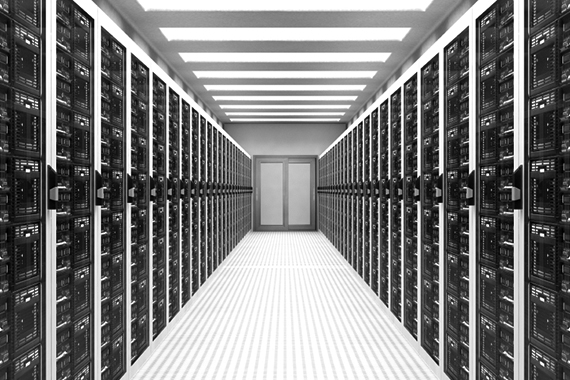Public Sector often lag behind in Private Sector best practices. This is true even at the Federal level and no less in Federal Data Centers. Congresswoman Anna Eshoo (D-California) has proposed legislation in the House that is sponsored by Senator Frisch (R-Idaho) in the Senate to make energy usage at Federal data centers more efficient with respect to energy cost effectiveness.
Here is how they expect to accomplish better Energy efficiency at Federal data centers.
1. First, an evaluation of Current Energy usage is necessary. Cooling and airflow are some of the major sources of energy usage in Federal data centers. Directional cooling systems tend to be more energy-efficient than ambient cooling methods are. Such nuances call for data center managers to be sufficiently trained in data center air flow management. Experts agree airflow management technology has improved drastically in the last ten years or so and is geared more than ever to maintain information systems investments.
2. Knowing what to look for is imperative. Bypass airflow are air currents that go to places other than where they are intended to go. Bypass airflow usually occurs in areas where there are holes for cabling or HVAC in racks and rooms, respectively. Rather than replacing old equipment, many bypass airflow loses may be mitigated using simple industrial sealant methods.

3. Minimizing dead space is also important. Sometimes, unused areas in racks are cooled for no reason. Panel coverings may be used to seal unnecessary openings in empty U spaces in rack equipment which frees up energy to be used in areas where it is more appropriately expended.
4. Heat management is a necessary component of an energy-efficient Data Center. Making sure heat is pointed away from critical areas is a must, Too much ambient heat can ruin electronics. Sometimes, simply containing heat is the answer. Other times, directing heat away from equipment is the way to manage ambient heat produced by the data center equipment.
5. Identifying and protecting Heat sensitive Data Center equipment, is crucial to protecting information systems in data centers.
6. Having capitalized upon this new knowledge, managers would do well to consult with the person who pays utilities at the data center, highlighting an up to 40% savings in utility cost over 5 years.
They must also keep abreast with emerging public policies geared toward reducing federal energy spending in data centers.
Inspections, evaluations and implementations can help data center managers turn energy lose into energy savings. The Federal Government needs to reduce unecessary spending. At the level of data center management that means reducing energy waste. Congresswoman Anna Eshoo (D-California) has proposed legislation in the House that is sponsored by Senator Frisch (R-Idaho) in the Senate to make energy usage at Federal data centers more efficient with respect to energy usage. Such initiatives are not only about reducing energy costs but also protecting investments. Well-maintained data center equipment runs better, longer. Although the public sector lags behind the private sector in terms of best practices in many areas, policy changes can help them catch up a bit in certain areas at specific intervals. Data center energy usage is one of those.
Katrina features an ”Ask Katrina” video series on Youtube in a addition to being a product specialist with Rack Solutions.


